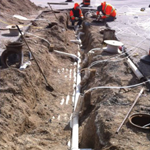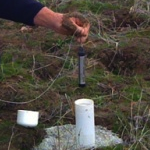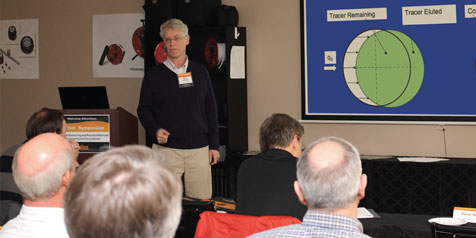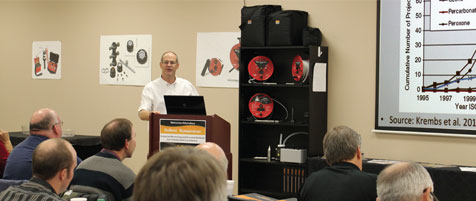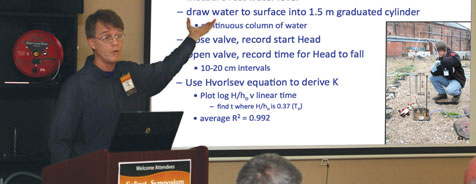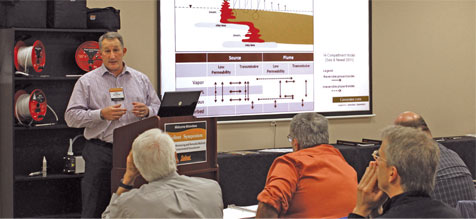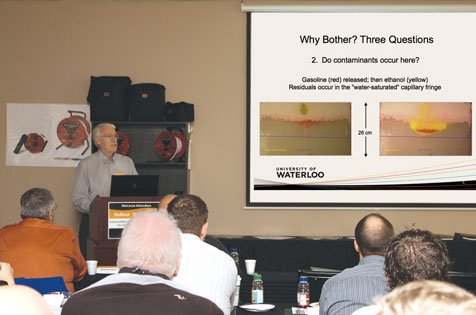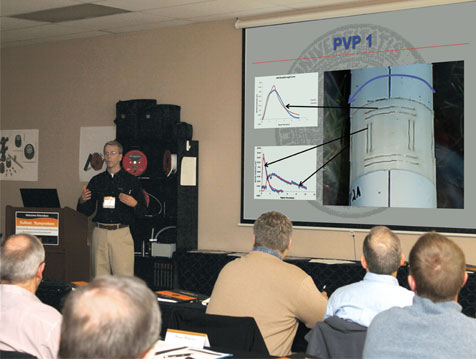Waterloo Emitters Provide An Ongoing Solution
An aquifer in Central Ontario became contaminated with BTEX and PCH F1 (Petroleum Hydrocarbons – Fraction #1i) from leaking underground infrastructure linked to a gas station. The groundwater in the aquifer flows between 3 -13 meters a year, as such, a voluntary cleanup of the aquifer was initiated to remediate the plume source, and to stop the dissolved plume phase from moving off-site. Continue Reading »


